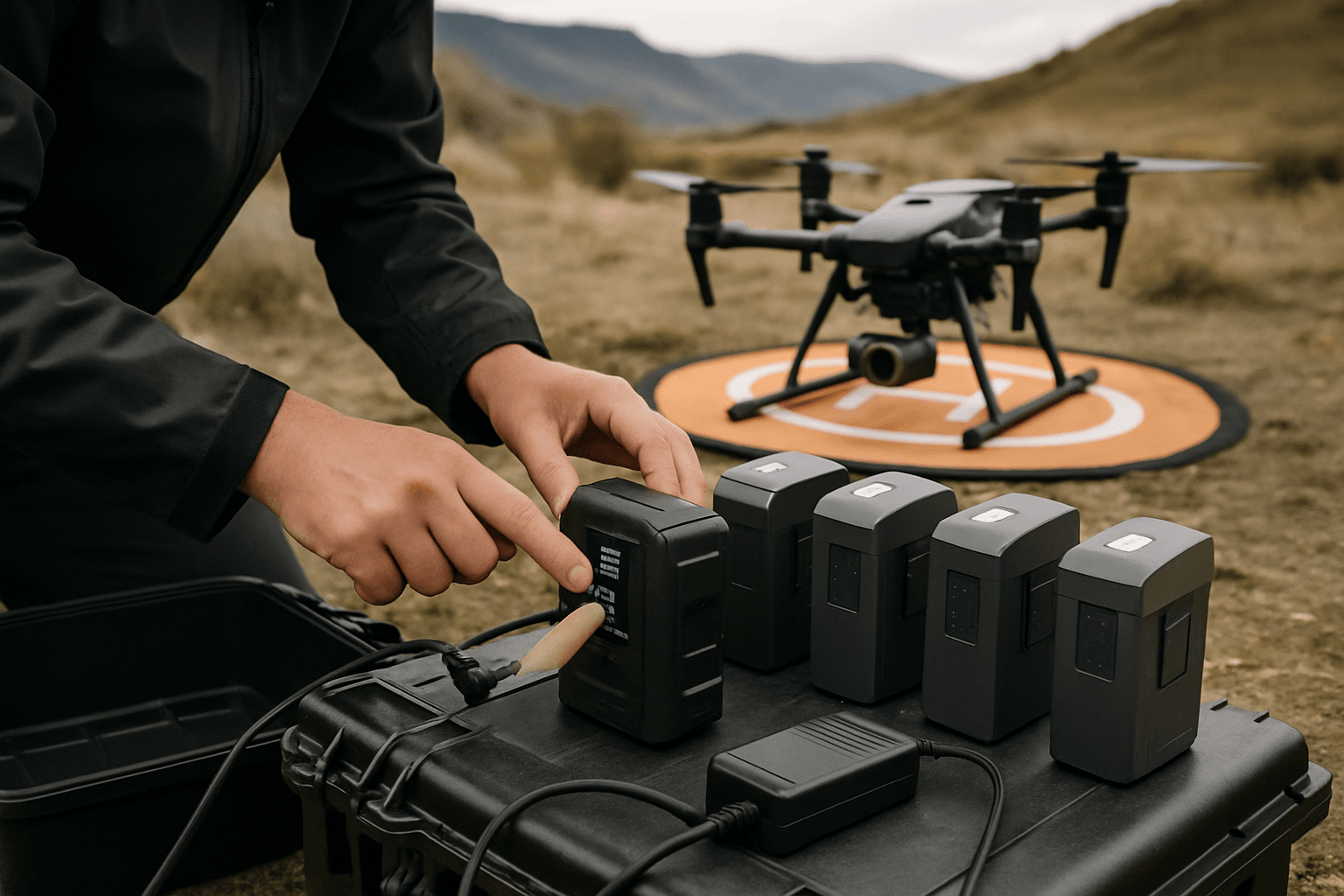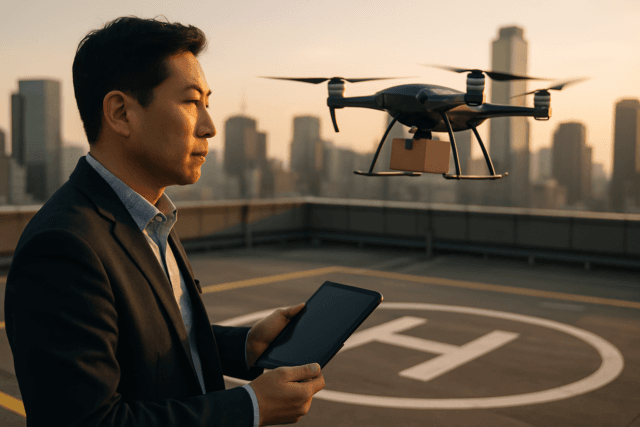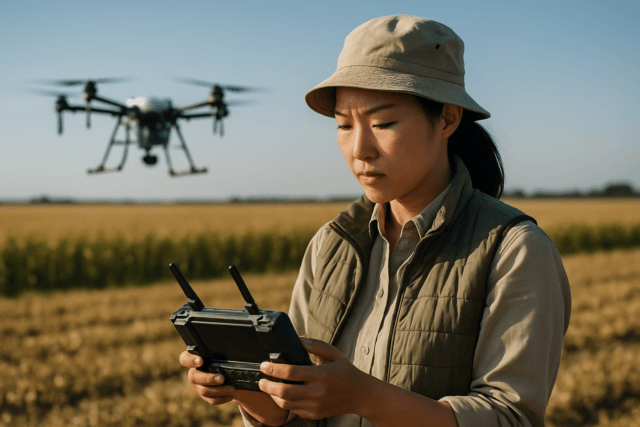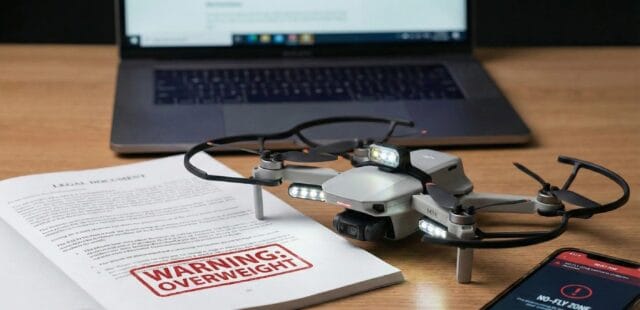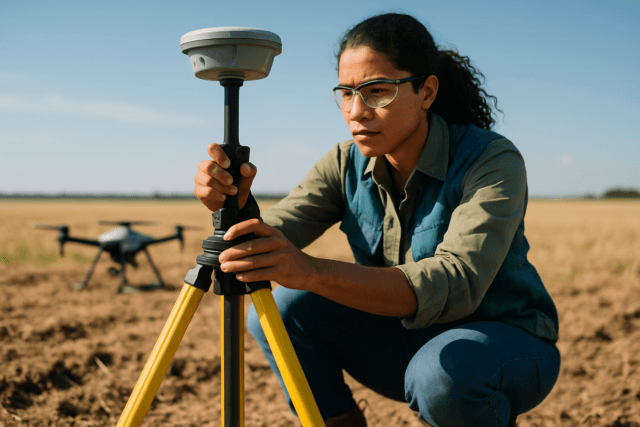Imagine a professional aerial cinematographer, perched on the edge of a breathtaking vista, poised to capture that fleeting golden hour. As the drone ascends, the pilot’s gaze isn’t fixed solely on the magnificent shot unfolding, but also on a tiny, often overlooked, digital readout: the battery percentage. In the world of drone photography and videography, where every minute of flight time translates into invaluable footage or critical data, the battery is not merely a power source—it is the unseen lifeline, the silent arbiter of success or failure. For extended shoots, understanding and meticulously applying best practices for drone battery charging is not just a recommendation; it’s an imperative that dictates the longevity of your equipment, the safety of your operations, and ultimately, the quality of your output.
Understanding Your Drone’s Powerhouse: Lithium Polymer (LiPo) Batteries
At the heart of nearly every modern drone lies a Lithium Polymer (LiPo) battery, celebrated for its high energy density and lightweight design, which are crucial for extended flight times and agile performance. However, this impressive power-to-weight ratio comes with a caveat: LiPo batteries are highly sensitive to improper handling, charging, and storage.
Anatomy of a LiPo Battery
A LiPo battery pack is composed of individual cells connected in series, with each cell typically providing 3.7V nominal voltage and reaching a full charge at 4.2V. Drone batteries are often labeled with an “S” rating, indicating the number of cells in series (e.g., a “3S” battery has three cells). Understanding these cells is fundamental, as their collective health dictates the overall performance and safety of the battery.
Voltage, Capacity, and C-Rating Explained
- Voltage (V): As noted, the voltage indicates the number of cells. Consistent cell voltage across the pack is vital for balanced performance and safety.
- Capacity (mAh/Wh): Measured in milliampere-hours (mAh) or watt-hours (Wh), capacity represents how much energy the battery can store. Higher capacity generally means longer flight times.
- C-Rating: This specifies the maximum continuous discharge rate of the battery. For charging, it refers to the maximum safe charging current. While some LiPo batteries can handle higher C-rates (e.g., 2C or 3C for fast charging), many experts recommend charging at a 1C rate to preserve battery health.
Pre-Flight Charging Essentials for Optimal Performance
The charging process itself is a critical juncture for battery health. Adhering to strict protocols before an extended shoot can dramatically impact battery longevity and flight reliability.
The Right Charger for Optimal Performance
Always use the manufacturer-approved charger that came with your drone. Third-party chargers may not meet safety standards or have the correct charge rate, potentially leading to reduced battery lifespan, cell damage, or even safety hazards due to excessive internal temperatures or lithium-plating. Many intelligent flight batteries from manufacturers like DJI come with built-in management systems that communicate directly with proprietary chargers to ensure optimal and safe charging.
Balancing Act: Cell Voltage Uniformity
Ensuring all individual cells within a LiPo battery pack are charged to the same voltage (balanced) is paramount. An imbalance can lead to reduced capacity, decreased performance, and increased risk of damage. Most modern smart chargers and intelligent flight batteries automatically handle cell balancing during the charging process.
Charging Temperatures: The Goldilocks Zone
Temperature control is a frequently overlooked but critical factor. Always allow batteries to cool down to room temperature before charging, especially after a flight where they may be warm to the touch. Charging hot batteries can cause swelling and significantly reduce lifespan. Conversely, never charge batteries below freezing (0°C/32°F), as this can also damage the cells. The ideal charging temperature range is generally between 5°C and 40°C (41°F to 104°F), in a cool, dry, and well-ventilated area, away from direct sunlight and flammable materials.
Maximizing Battery Life During Extended Shoots
For prolonged operations, smart battery management extends beyond just charging. It involves strategic usage and effective on-site power solutions.
Strategic Battery Cycling and Discharge
While tempting to push batteries to their absolute limit, consistently depleting a LiPo battery below 20% can significantly shorten its lifespan and reliability. Aim to land your drone and swap batteries before they hit critical low levels. Some smart batteries offer “storage mode” which automatically discharges or charges the battery to an optimal storage level (around 40-60% or 3.8V per cell) if not used for an extended period, which helps preserve cell integrity. For optimal longevity, some experienced pilots recommend fully discharging batteries to around 20% before recharging to 100% every 20-50 cycles.
The Art of Portable Power for On-Location Charging
Extended shoots often mean being far from traditional power outlets. Portable power stations have revolutionized field operations for drone pilots.
- Portable Power Stations: Devices like DJI Power 1000/500, Jackery, and Bluetti offer high-capacity, silent, and versatile charging solutions for multiple drone batteries, laptops, and other devices. They often include various output ports (AC, USB-C PD, USB-A) to accommodate different charging needs.
- Fast Charging Capabilities: Many modern drone batteries and their proprietary chargers support fast charging, significantly reducing downtime between flights. Some can charge 80% capacity in 20-30 minutes. However, frequent fast charging can accelerate battery degradation due to increased heat and stress on cells, leading to a faster loss of capacity and potentially increasing safety risks. It’s advisable to reserve fast charging for urgent needs rather than routine use.
- Car Chargers: While convenient, car chargers typically offer limited power and slower charging times compared to dedicated portable power stations.
Hot Swapping and Battery Management Systems
Modern intelligent flight batteries, such as those from DJI, feature advanced Battery Management Systems (BMS). These systems monitor real-time battery status, including individual cell health, temperature, and cycle count, and report this data to the flight controller and pilot. They also include built-in safeguards like overcharge and over-discharge protection. Some drones even feature hot-swapping capabilities or “intelligent” charging hubs that manage multiple batteries sequentially, streamlining workflows during intensive shoots.
Post-Flight Care and Storage for Longevity
What happens after the drone lands is just as important as what happens before and during flight. Proper post-flight care and storage are crucial for maximizing battery lifespan.
The Optimal Storage Charge
For short-term storage (1-10 days), maintaining a charge level between 60-80% is recommended. For long-term storage (more than 10 days), batteries should be discharged to 40-60% capacity, or ideally around 3.8-3.85V per cell. Storing batteries fully charged or completely depleted for extended periods can accelerate degradation and significantly shorten their lifespan. Many intelligent batteries will auto-discharge to a safe storage level if left dormant.
Temperature Control for Long-Term Storage
Store batteries in a cool, dry place, away from direct sunlight, heat sources, and flammable materials. The ideal storage temperature range is typically between 15°C to 25°C (59°F to 77°F). Extreme temperatures, whether hot or cold, can degrade the cells and impact performance.
Regular Health Checks and Monitoring
Periodically inspect your batteries for any signs of physical damage, such as dents, cracks, discoloration, or swelling (“puffiness”). A swollen battery is a major safety concern and should be immediately retired and disposed of. Check battery terminals for corrosion or bends. Many drone apps or smart controllers allow you to monitor individual cell voltages, cycle counts, and internal resistance, providing valuable insights into battery health. Tracking these metrics can help you identify a declining battery before it impacts a critical shoot.
Safety First: Preventing Battery Incidents
LiPo batteries, while powerful, can be volatile if mishandled. Safety must always be the top priority.
Signs of a Compromised Battery
Beyond physical damage, be alert to any suspicious smells, noises, or smoke emanating from the battery or charger. A significant drop in flight time or unusual heating during use can also indicate an internal fault. If any of these signs appear, immediately disconnect and isolate the battery, and cease use.
Safe Charging Environments and Practices
- Unattended Charging: Never leave charging batteries unattended, especially overnight.
- Fireproof Protection: Always charge batteries in a fireproof LiPo safety bag or container, such as a metal ammo box. This helps contain a fire in the unlikely event of thermal runaway.
- Flammable Materials: Ensure the charging area is clear of flammable materials and liquids.
- Physical Protection: Avoid striking, dropping, bending, or puncturing batteries, as this can lead to internal shorts and fire. Do not place heavy objects on them.
- Connectivity: Always disconnect batteries from the drone before charging. When storing loose batteries, tape the terminals to prevent accidental short-circuiting.
Proper Disposal of Damaged Batteries
Never dispose of drone batteries in regular household waste. They contain hazardous materials and pose a fire risk if not handled correctly. Always discharge the battery completely before disposal. You can use a LiPo charger’s discharge function, a specialized discharger, or even a low-voltage light bulb to drain the remaining charge. Once fully discharged (0V), take the battery to a local recycling facility, hazardous waste center, or stores that participate in battery recycling programs (e.g., some electronics retailers). Consult your drone manufacturer’s guidelines for specific disposal instructions.
For professional drone operators embarking on extended shoots, meticulous battery care is not merely a task; it’s a foundational element of operational excellence. By understanding the intricate nature of LiPo batteries, implementing stringent charging protocols, leveraging portable power solutions, and adhering to best practices for storage and safety, pilots can ensure their aerial platforms are consistently ready to perform, maximizing flight time, preserving costly equipment, and ultimately, capturing the impossible. Embrace these disciplines, and your drone’s lifeline will empower your vision, flight after flight.

